The Hmong people are a unique ethnic minority in Vietnam, primarily residing in the highlands and mountains in the northern part of the country. With a long history and rich culture, the Hmong have created a diverse and abundant cultural heritage. The traditions and cultural foundation of the H’mong have existed and evolved for thousands of years, contributing to the diversity and richness of Vietnamese culture. Find out more about Hmong people with Loka Ha Giang in the article below.
Population and Language
Population Quantity and Distribution
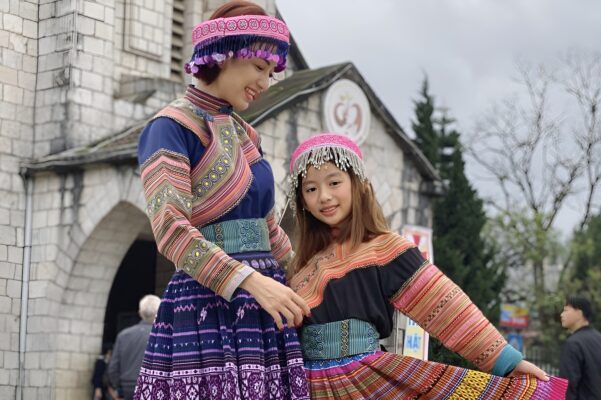
The Hmong are one of the largest ethnic minority groups in Vietnam. According to recent population statistics, the total number of Hmong people in Vietnam is approximately 1.5 million. They primarily reside in the mountainous provinces of the northern region, such as Lao Cai, Lai Chau, Yen Bai, and Ha Giang.
Language
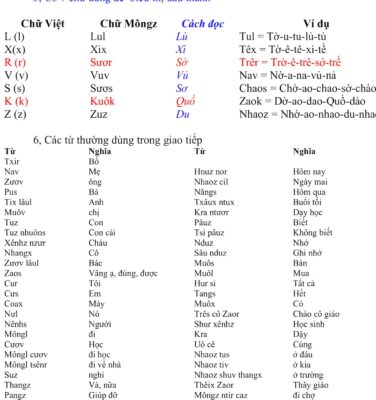
The Hmong language belongs to the Hmong – Mien language family, which is a diverse and complex language system. Their language has various dialects, each with its own distinct characteristics. Each dialect of the Hmong language reflects the cultural diversity and mindset of this ethnic group. Language is not only a means of communication for them but also an expression of their culture and way of thinking.
Religion and Beliefs
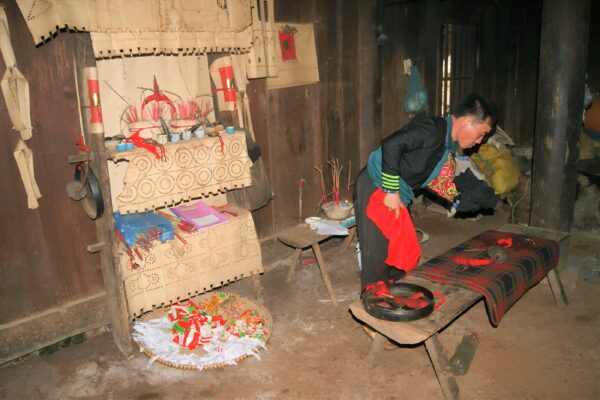
The Hmong people have a rich system of religions and beliefs. Religion and spirituality play an important role in their daily lives, helping them uphold and express their culture. Within the Hmong community, there is diversity in terms of religions and beliefs, including ancestral spirits, deities, Daoism, and traditional folk beliefs.
In addition to the traditional beliefs, Buddhism, Caodaism, and Christianity have also made significant influences on the Hmong community. These religions have permeated into the Hmong society, bringing changes to their religious ideologies and practices.
The Hmong also have various traditional folk beliefs, encompassing beliefs related to ancestors, guardian spirits, and other supernatural beings. These beliefs reflect their reverence and commemoration of the deities and spirits that have contributed to their lives and culture.
Housing
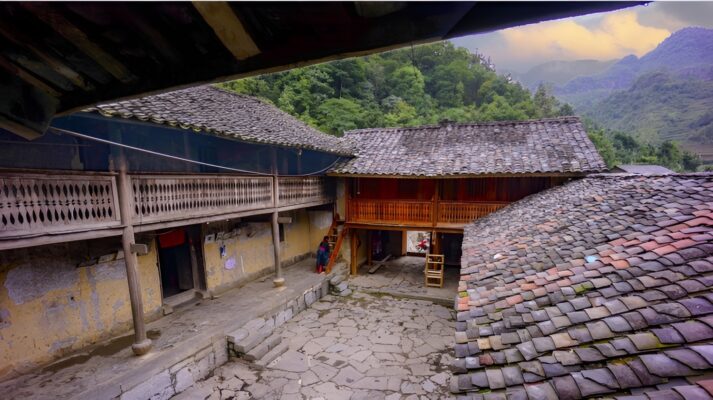
The traditional houses of the Hmong people are typically constructed using wood, with thatched roofs made from straw and walls built with earth and stone. These houses serve not only as living spaces but also as symbols of prosperity, good health, and family unity. The architectural style of Hmong houses showcases their creativity and sophistication in the use of materials and design.
Traditional costumes
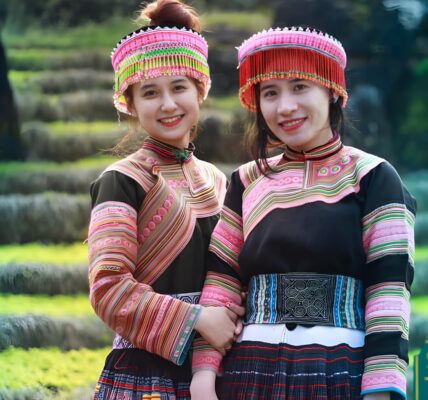
The traditional costumes of the Hmong people are an integral part of their culture and heritage. They are diverse and unique, showcasing creativity and sophistication in their designs and colors. Each costume carries its own meaning, representing social status, age, and the pride of the wearer.
Cuisine or Food
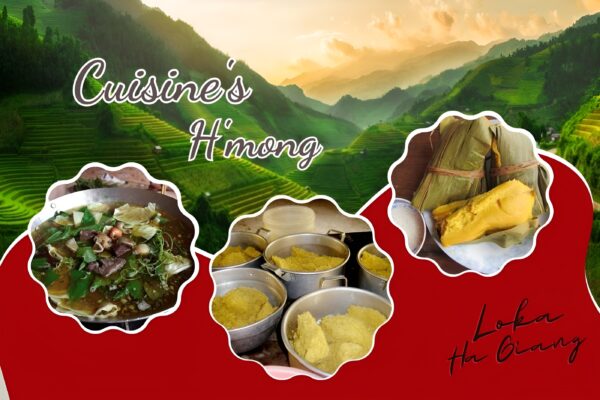
The cuisine of the Hmong people is diverse and rich, reflecting the geography and living conditions of the mountainous regions. Dishes such as roasted pork, bamboo rice, bamboo shoot soup, and thang co (a type of dipping sauce) have become signature and essential foods in the daily meals of the Hmong. Culinary traditions not only serve as a source of nourishment but also embody respect and unity within Hmong families and communities.
Traditional Culture
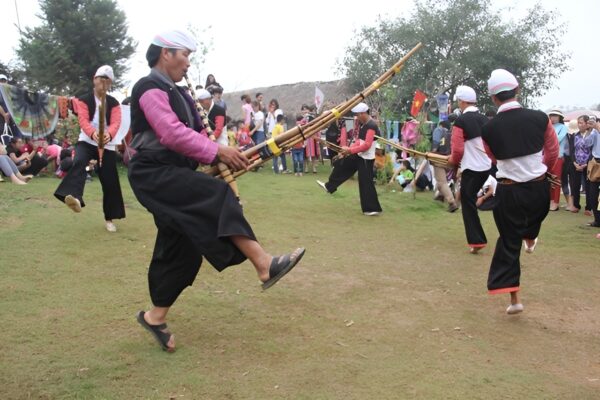
The Hmong have a diverse and rich artistic tradition that includes embroidery, weaving, carving, and painting. These artistic creations are often handmade with meticulous craftsmanship. The patterns, motifs, and designs on fabrics, wood, and paper often carry cultural, religious, and life-related meanings for the Hmong people.
Education
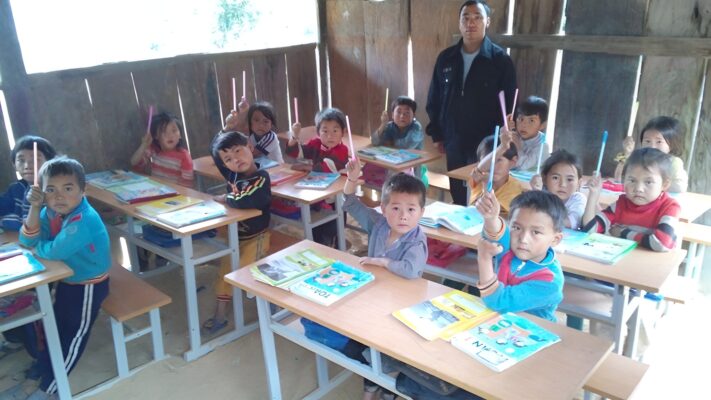
Education plays a crucial role in the development and advancement of the Hmong people. However, the educational landscape within the Hmong community still faces numerous challenges, such as inadequate infrastructure, lack of textbooks, and a shortage of teachers. Various organizations and policies have been implemented to enhance the quality of education and provide better learning opportunities for the Hmong population.
Economy
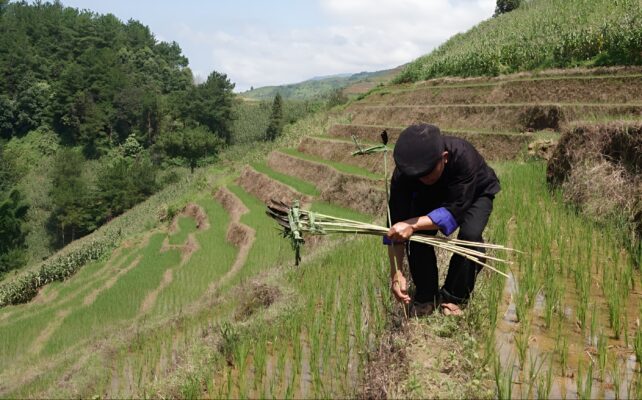
The Hmong predominantly rely on agriculture and trade for their livelihood. Agriculture plays a vital role in the daily lives and economy of the Hmong people, with major crops including rice, corn, beans, and other agricultural produce. Additionally, the Hmong engage in commercial activities such as buying, selling, exchanging, and producing traditional handicrafts to generate income for their families and communities.
The contributions of the tourism industry
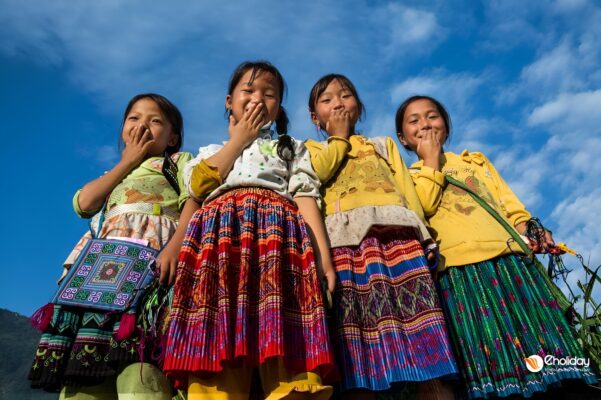
The tourism industry has become a significant source of income for the Hmong people and the northern mountainous region. With beautiful natural landscapes, unique culture, and traditional festivals, the Hmong have attracted the interest of domestic and international tourists. The development of the tourism sector has contributed to the local economy, job creation, and the preservation of Hmong culture.
The conservation and preservation of the cultural heritage of the Hmong people are incredibly important and necessary. The culture and traditions of the Hmong are not only the origin and reputation of this ethnic group but also an essential part of the global cultural heritage. Ensuring the existence and development of the Hmong people is a crucial responsibility and goal of the government and the international community to safeguard the diversity and richness of humanity.
Please view more interesting articles:
- Ha Giang easyrider by locals – Private car/ Motorbike Tours
- The Mhong People – The Essence of Cultural Heritage and Traditional Legacy

My name is Giap Van Hai, I am a travel enthusiast and always want to share the beauty of Ha Giang with everyone. With a deep love for the mountains and the typical culture of Ha Giang people, I decided to establish Loka Ha Giang – a website specializing in Ha Giang tourism services. We provide travel services such as Ha Giang Loop, Ha Giang Trekking, Ha Giang Easyrider
